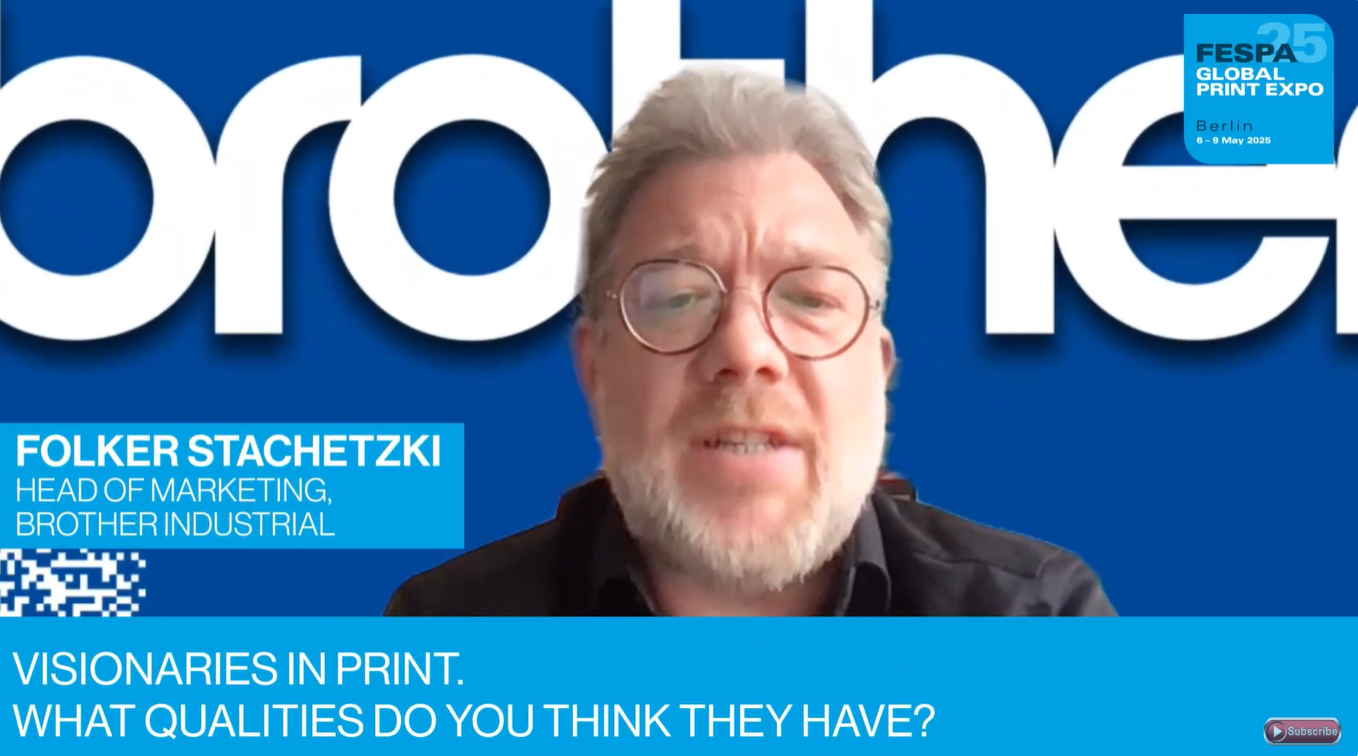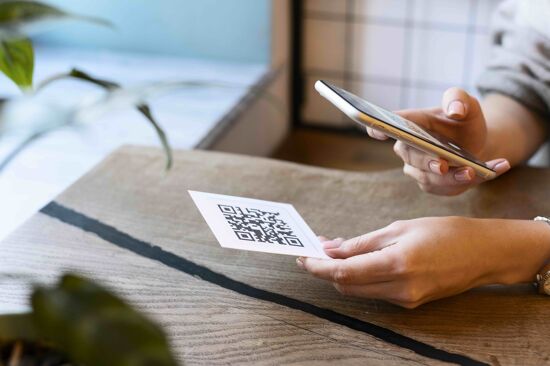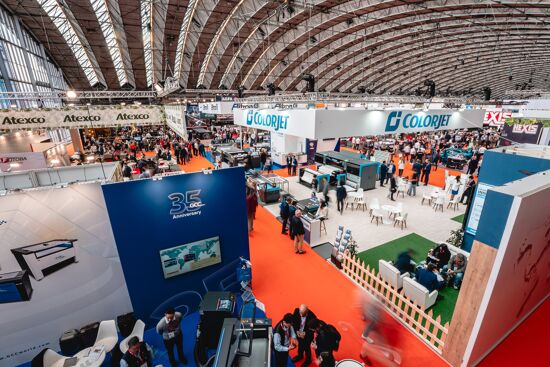Seven Secrets to a Perfect Car Wrap
Car wraps and the custom car graphic have been growing at a very fast pace during the past few years. As a result many existing print shops are trying to cash in on the growth by offering vehicle wraps to their customers.
However, car wraps are not like business cards, flyers or brochures where the printing press is doing the work.
High quality car wraps require experience and knowledge in many different fields that include;
- Design
- Material
- Production
- Preparation
- Facility
- Installation
- Post Installation
Let's take a look at each of these categories:
Design
To design a business card you simply get the template add your logo, your contact information and done, you have designed your own business card...
The world is not flat, neither is the surface of a car. The designer must have extensive experience and the right tools such as the latest vehicle templates to create a car wrap design that will fit a specific vehicle properly without having the image or the message distorted or sliced into pieces.
Every angle, space, curve of the vehicle must be taken into consideration when designing a wrap. Ignoring these elements will result in a car wrap design that is not easy on the eyes nor is easy to read and understand. It will also have a negative effect on your company image.
Material
There are many high and low quality vinyl manufacturers out there. Top brand names that have been around for years and offer the best car wrap vinyl include: 3M, Avery, Oracal and Arlon.
Just like everything else, with car wraps you truly get what you pay for. If you care about quality and longivity of the wrap then you want to make sure that wrap shop is using a high quality vinyl.
You also need to keep in mind that simply stating that a 3M vinyl is being used it doesn't mean that particular vinyl is the right choice for your project. 3M and all other manufactures offer many different types of vinyl from high-quality, high-cost Cast Vinyl to lower performance, cheaper Calendared Vinyl.
The combination of the vinyl and the overlaminate is also extremely important. Many shops will use a 3M Cast vinyl but will use a Calendared or cheaper Laminate to reduce the cost. Cast laminates are about three times the cost of calendared. Although an even a trained eye can not tell the difference between the two at first but as time passes the calendared laminate will start to fade much faster than a cast. Also a calendared laminate is not designed to be used on vehicle curves and it will bubble and pop out of its position within the first few months.
So as you can see materials play a very important role in a vehicle wrap, you can have the best design and the best installer but with the wrong material your wrap won't last.
Production
Let's say you have the perfect design and chosen the best suited material for the job. Now is time to print your design on the vinyl. Unfortunately using a wide format digital printer is not as simple as using a HP or Brother printer that we all use at home or office. There is a lot more involved in order to create a sharp and vibrant image when printing a vehicle wrap.
Each manufacturer's vinyl has its own unique print profile. What is a print profile you might ask.
Simply put it's a code specifically created for that particular vinyl which tells the printer exactly how much ink to lay on the vinyl in order to get the best results.
Many print shops don't bother with this step and tend to use one profile for all media. This results in dull, over or under saturated images that just don't look right.
Preparation
Let's take this a step further, you have the perfect car wrap design, the best material and a great print. Now it's time to get your vehicle readied for the installation.
The most time consuming part of wrapping a vehicle is the prep process. This is where the installer has to go over every inch of your car's surface as well as under the weather trims, cracks, fenders to make sure they're 100% clean & wax free.
The car must be washed the day before & has to be dry. The special solution is used to wipe the car down completely to make sure any wax residue has been removed. Then again, using alcohol the car has to be wiped down to make sure the solution that was used to remove the wax has been removed (otherwise it will effect the adhesive of the vinyl).car cleaning cartoon
The smallest dirt left behind could result in the vinyl's adhesive to fail and after a short time, lift off the surface. A small lift will allow water to get under the wrap and eventually cause the entire wrap to fail.
Since this is the most time consuming part of the wrap it is also the least favorite part of the job for an installer and therefore most overlooked.
Facility
You've come a long-way now, you have your perfect design, the perfect material, a great print and your vehicle has been perfectly prepped... now you need a Car Wrap Facility
The question now is where will the actual installation take place? Indoor or Outdoors? Will the indoor facility be dust free and have the right temperature required by the vinyl manufacturer during installation?
If your wrap is being installed outdoor, well then you're off to a terrible start. There is absolutely no way to avoid large and small dust particles away from the surface of your car. The results can be noticed right away because even the smallest dust particle will show through the wrap and having thousands of them under your wrap will look like a layer of sand was put down before the wrapping of the car.
This not only looks terrible but large enough particles could cause holes and rips in the wrap and allow water to leak under causing the wrap to fail.
If your vehicle is being wrapped indoors, well that's great, but the indoor facility must be super clean with some type of dust control and it must be at the right temperature.
Installing a wrap at a high temperatures will cause it to over stretch and fail over the long-term.
Installing in a low temperature will cause the vinyl to shrink and eventually fail when it is exposed to high temperatures.
So a dedicated installation facility is extremely important to make sure the final outcome of the wrap is superb.
Installation
This is the last but not the least important step of a car wrap.
You have your perfect design, great material, superb print quality, your vehicle has been prepped perfectly and the facility is specifically designed for a vehicle wraps.
All of these factors could be totally destroyed if an experienced and unmotivated installer does the wrap.
Everyone seems to think that is easy to install a wrap, after all it is simply a giant sticker...Wrong. It takes countless hours and a lot of wasted material and money to learn the proper way to install a wrap.
Different materials behave differently and therefore the installer must have extensive experience with various media. Many installers develop their own tools for doing the job, and some even get patented and adopted by other professionals in the industry.
Although the actual installation of the wrap is very difficult, the final trimming of the wrap is even more challenging.
You can have the perfectly installed wrap but if the excess material is not trimmed and tucked properly the final outcome will look terrible.
Trimming the wrap requires a steady hand, a lot of patience and technique. This is what sets an excellent installer apart from a good installer. Making the wrap to look like a paint job is what its all about.
Post Installation
Now you might think well we're done, the wrap has been installed and trimmed perfectly, I am ready to enjoy my car... again wrong.
This is the step that is most overlooked by installers because it is the most time consuming and most boring part of the install.
The installer, now using a Heat-Gun (not a torch), must go over the areas of the wrap that is on a recessed or curved area, using digital thermometer to ensure every inch of these areas reaches a certain degree as required by the manufacturer. (Solid color wrap needs to reach a 45 to 50 degrees Celsius and printed media must reach 85 to 90 degrees Celsius).
The reason for this is because all wrap vinyl has PVC as part of their ingredients. PVC allows the vinyl to have a memory, so when is overstretched and heated it will go back to its original shape.
That is a great feature, however once the wrap is installed you do not want the vinyl to go back to its original shape, this means it will shrink and pull back.
The only way to over-ride the PVC memory is to make sure the areas that are stretched or under pressure reach that specific temperature. This will ensure the vinyl will hold its shape.
NOW we are done, well almost done... let's say all the above factors were met and performed perfectly, what happens if you still have issues with your wrap? Customer service is the only thing you can depend on, so choosing a reputable wrap shop becomes the most important part of your decision making process.
This article is adapted from a blog post written and published by Lucent Wraps, Orange County, California
Topics
Interested in joining our community?
Enquire today about joining your local FESPA Association or FESPA Direct
Recent news

GenAI + POD: The Smartest Way to Add Personalised Products to Your Retail Offering in 2025
In 2025, GenAI and POD are transforming retail. Masterpiece AI empowers businesses to offer unique, AI-generated personalised products, from apparel to home decor. Customers use text prompts to create custom designs, streamlining production and boosting sales. This revolutionises customer experience and product offerings.
.png?width=550)
What qualities should visionaries in print have? With Folker Stachetzki from Brother
We speak to Folker Stachetzki, Head of Marketing at Brother about visionaries in print.

Bolstering personalisation by combining print and digital technology
Using printed material in combination with digital technologies offers more opportunities to those offering personalisation to customers. Rob Fletcher shares some recent examples of the print and digital working together to enhance the impact of personalised pieces.

European Sign Expo to highlight developments shaping the future of signage and visual communications
European Sign Expo 2025 (6 – 9 May, Messe Berlin, Germany) is weeks away and a host of leading exhibitors are all set to welcome Visionaries from across the signage and visual communications industries to their stands.